How I Breastfed My Adopted Baby
We brought home our second baby from the hospital when he was two days old. My daughter was 18 months to the day when her brother was born. To most, this doesn’t sound like a unique story. Except when I tell you, three months prior, we weren’t expecting to bring home a baby. We weren’t pregnant and weren’t looking to adopt.
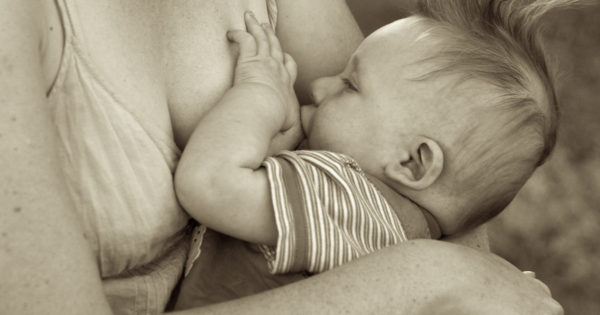
This is a guest post by Jennifer from Sunflower Mom. This post contains affiliate links, you can find the full disclosure here.
The story of our adoption was a surprise. Long story short, God miraculously provided us with our son. He placed three families together at just the right time. So, with just three months’ notice of newborn coming into our family, we began the process of contacting a lawyer, undergoing a home study, and mentally and emotionally preparing our family.
I immediately knew I wanted to breastfeed. Having breastfed my daughter for 12 months, I knew firsthand the benefits of breastfeeding. I understood the benefits not only to the baby’s health but also to establish a mother-child bond, which would be even more critical with an adopted baby.
So What Did I do to Breastfeed My Adopted Baby?
My son was born was over 12 years ago, which was before information was always on our fingertips. However, I knew it was possible to breastfeed my adoptive baby, and I was determined to make it work. After my daughter was born, as a working mother, I pumped twice daily at the office from the time she was three months old.
When we discovered we’d be adopting, my daughter was 15 months old. Only weaned three months, I began pumping again, multiple times a day hoping my milk wasn’t completely dried up. At first, I didn’t produce much milk. But immediately, some milk did appear, which gave me hope. The more I pumped, and more consistently I pumped, the more milk I produced.
{For more tips on boosting your milk supply NATURALLY, click here.}
I continued to pump and save the milk, as little as it was, for the next few months. I set up a pumping schedule that allowed me to express milk as often as possible. I was still working full time, and no one at work knew about the adoption, so I wasn’t pumping at work. Not being able to express milk during the day undoubtedly affected my milk supply, but it was always my goal to do the best I could.
I began freezing my milk. At this point, I was only producing an ounce per day at most. During these three months, I began drinking mama’s milk tea from the natural food grocers. Although not the most fabulous tasting, between the increased pumping and the tea, my milk supply slowly increased.
My adoption was a private, domestic adoption, and over a decade ago, so my doctor wouldn’t give me any medication to assist me with increasing my milk supply until after the baby was born.
Hopefully, today, doctors are more willing to assist their patients with upcoming adoptions. Some of the medication can take a few days to weeks to begin working, and with a newborn baby, it can be frustrating for both of you. If your doctor will prescribe this before the baby is born, that’s ideal.
Once my son arrived, and I brought him home, I received a prescription to help increase my milk supply, which kicked things into gear. I also received a lot of help from the breastfeeding clinic. I went to the clinic before the baby was born and received moral support and information on the mama’s milk tea.
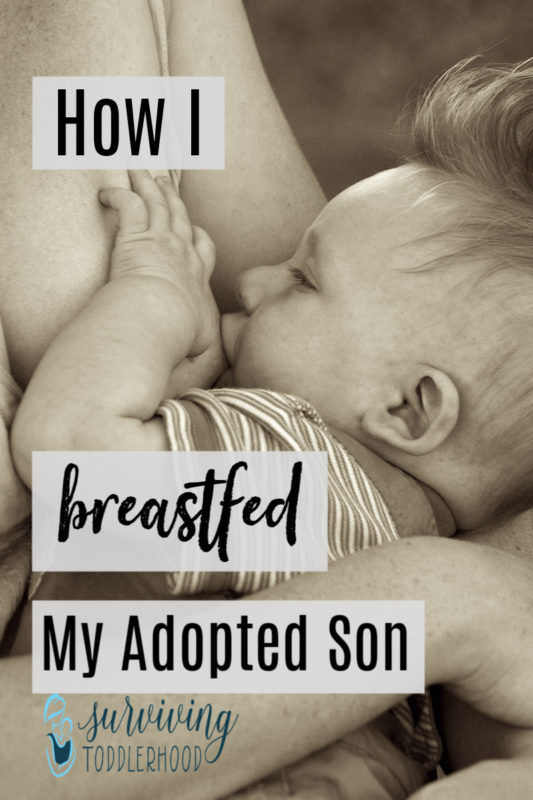
After the baby was born, I returned to the clinic. The breastfeeding clinic worked with me daily to get my baby enough milk. He never experienced any issues latching; the main problem was my milk supply. My baby wasn’t getting enough milk from me, even when we’d feed him formula at night or in between feedings. Whenever I’d try to feed him, it wasn’t enough.
The nurses suggested we use a supplemental nursing system. This system is like a big syringe filled with formula, then a thin, flexible tube is laid alongside the mother’s nipples, and releases formula as the baby also receives breastmilk. The supplemental nursing system helps to ensure the baby receives enough nutrition with the formula but also receives any milk the mother produces at the same time. For many, this system is a temporary solution to help boost mom’s milk supply. For my baby and me, this was our continued way of nursing. At some point, I topped out and couldn’t produce any more milk.
We carried on this way for two months.
After Two Months of Breastfeeding My Adopted Baby
The stress of our adoption and caring for a newborn and a toddler finally won. After two months off work, I couldn’t afford any more time off. When he was two months old, I let myself off the hook of trying to be the perfect mom and switched him to formula completely. My breastfeeding story may not be ideal. I’m not able to end my story by telling you I exclusively breastfed for 12 months. But I think that’s okay.
Just like every birth story or adoption story is special, our individual bonds with our babies while breastfeeding, and they are looking up at your face, are unique. My son and I experienced skin-to-skin contact when we both needed it most. I gave him all of the breastmilk I could.
If you’re planning on adopting or recently adopted and you’re considering breastfeeding, know you can breastfeed your adoptive baby. Don’t feel like you have to do it perfectly or give your baby exclusive breastmilk.
Just give your baby your best.
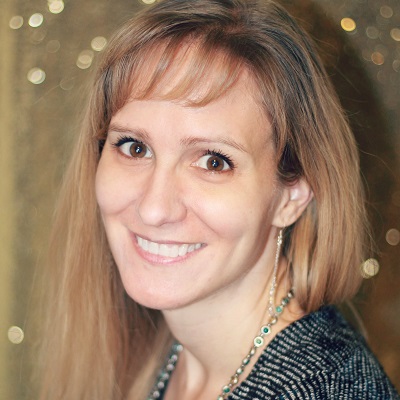
Jennifer is from Sunflower Mom has been a single mom for over eight years. She has 2 teenagers and 2 dogs. You can usually find her watching The Office reruns for the 5th time with my son or eating chips and salsa with my daughter – we consider it a full meal. It’s her mission at Sunflower Mom to help single moms live their best life in their current season with God’s grace and love.
You May Also Like:
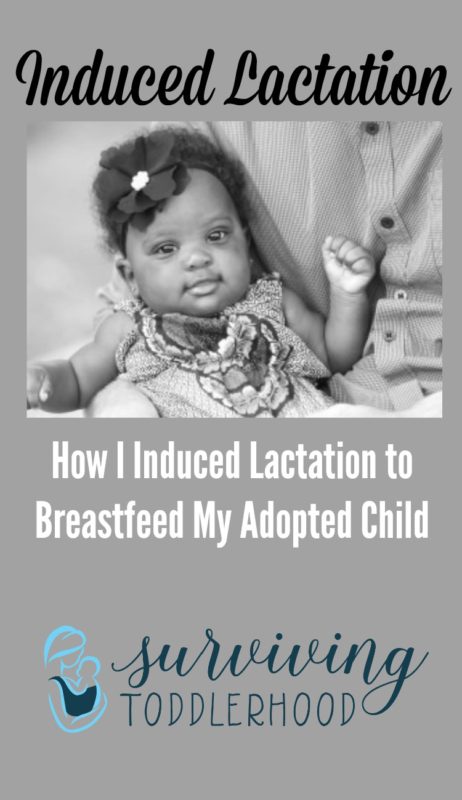
Inducing Lactation to Breastfeed Adopted Babies
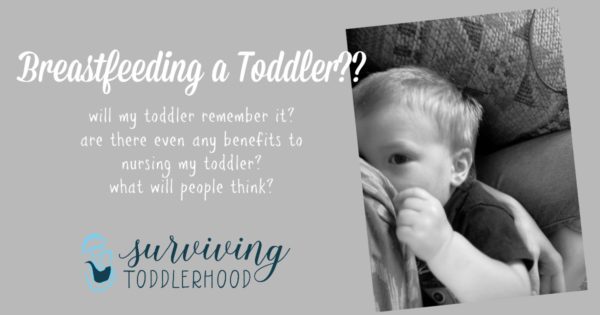
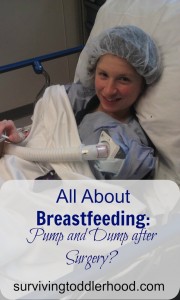
Do I Have to Pump and Dump After Surgery?

Rebekah, Thank you so much for the opportunity to share my journey with your readers!